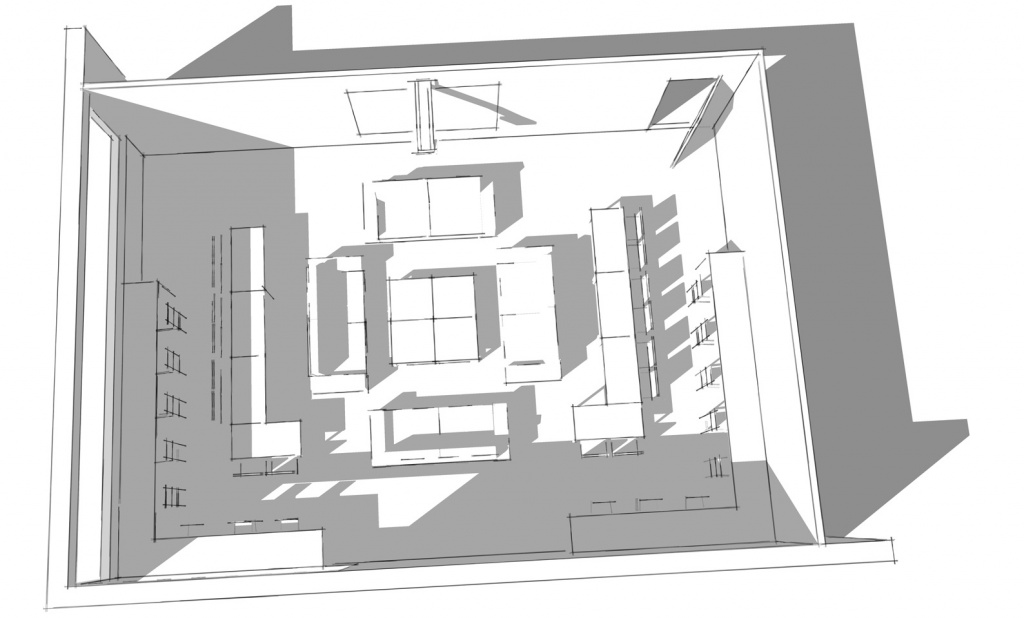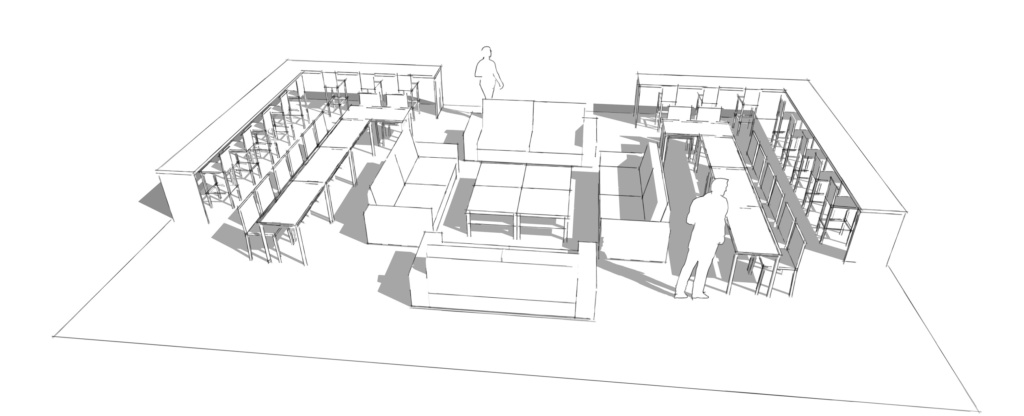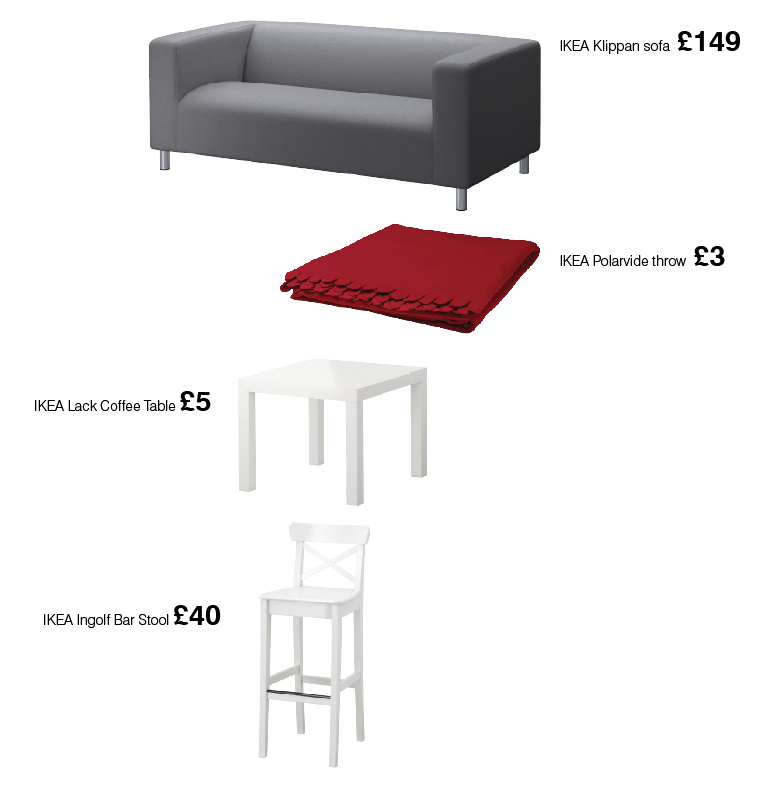
It was around 2010 that Ben Baxter, Headteacher of The Cooper School in Bicester started thinking seriously about changing the environment in which his English students learnt. He’d been Head there for 5 years; the school was on the up, with a renewed positive reputation locally and many of the internal reorganisations and changes he’d made on joining were well bedded in.
Shortly before his appointment, the school had spent £45,000 upgrading a 30-space ICT room. Looking back on it, Ben feels that him reflecting on this refurbishment was perhaps the catalyst that got him thinking differently. Because whilst creating a dedicated ICT room was standard thinking and perfectly normal within schools at that time, with that budget, he could have bought over a hundred Netbooks. And if he was buying that many he wouldn’t be paying £220 each for them but £180 instead. And if he did this, he argued, teachers wouldn’t have to book an ICT room and then hope they could book it the next week too (continuity of learning was becoming increasingly difficult as pressure on the ICT suited increased) because there would be three or four times as many devices increasing their access to technology where they needed it and when they needed it.
Then, after attending the 2010 Building Schools Exhibition and Conference which had been chaired by Stephen Heppell, and sitting at his kitchen table, he started questioning why it was that he was sitting there helping his 3-year-old son solve something Super Mario on his new Nintendo, having moved from the sitting room where his son had been playing it – feet on the sofa, head on the floor like many his age. “It was learned behaviour” Ben explained “sitting at the table was where you solved problems” even though he recognised that model (a) hadn’t changed since early Victorian schools and (b) was the polar opposite of the environment his son, with no experience of traditional school settings, had instinctively found. “Ask children to bring in the item of furniture they’ve chosen to do their homework on” he said, repeating something Stephen Heppell had pointed out in the conference, “and most of them would be dragging their mattresses and duvets up the road!” The answer, he felt, was to make the classrooms (and starting with the English classrooms) more like the spaces students used technology in at home. That school simply had to be different to home was, Ben felt “absolute nonsense”.

These two strands – increased ICT provision and more adaptable learning environments came together in a perfect storm. “We went the whole hog” Ben explained “sofas, throws, barstools, cushions, plants and shoe racks” (as they trialled shoeless learning too) all bought from IKEA as, even though the school role was now increasing, the budget he had available still wasn’t huge. The more efficient use of floorspace enabled them to create between 35 and 40 learning spaces in each classroom, a prerequisite, Ben felt, as it was important that the last student coming into the classroom still had choice about where to sit – they didn’t just have to end up in the last space left. And it was very quickly expanded from the first pilot room – “Just one room” suggested Ben “looks like you’re just playing – you’re not serious” but they were deadly serious, as was a student from Year 11. He had both learning and behavioural difficulties, but came to Ben demanding to be taught in spaces like that too, “otherwise you’re abusing my human rights” he insisted. “That this student constructed an argument like that and used language like that” Ben concluded “told me we were onto something”.
Ben accepted there was some scepticism from staff, most especially with regard to whether noise would become an issue, but as the new classroom furniture went into service this all disappeared as students proved to be on task the vast majority of the time. Between him and the teachers, they tweaked the designs and specifications. Not finding the removal of shoes to have any tangible benefits to them it was one of the initiatives that was shelved, and they discovered bean bags, whilst sending out all the right messages to students quickly became flat as pancakes and so too were ditched. Once confidence in the model grew, the old teacher’s desks too were removed, taking up, as they did, 5m² of valuable space as well as creating an artificial “no-go-zone” barrier between the teacher and students. Ben insisted on a bit of a clear-out as well (mirroring Liverpool’s initiative, see page 34) removing a lot of the clutter that had become accumulated in the classrooms. They found that by having students sitting at, at least 3 (but 4 if you include the floor) heights meant it was easy for them to see when the teacher had to command their attention and that additionally there wasn’t the temptation for students to poke the person in front of them! “There was a tangible difference in atmosphere” Ben commented: it had changed the dynamic, encouraging teachers to move around the space rather than be rooted to the spot at the front of a classroom. “We’d created a conducive learning environment” Ben continued “where students are happy to learn – they’re not stressed”.
There remains a professional courtesy to the teachers who teach in the space to arrange furniture as they wish, so as we walked around the classrooms some had greater resemblance to traditional teaching spaces than others. But the leadership team works with them rather than against them – “they’re the visionaries who are going to make it work in practice”. And Ben accepts too that it’s not for everyone – “I could see the fear in some faces” he confirmed when Heads of neighbouring schools saw what he was doing. “It depends on where you are on your journey” he continued, suggesting it’s only a project to embark on “when it’s right to change and you’re brave enough to do it”. But then the poetic former English teacher in him came out recalling a learning walk he’d recently taken through the English block, where a class had all been sat reading Of Mice and Men. Considering it to be a perfectly natural way of organising the space (“surely we should be doing something that is entirely natural?”), and painting a very clear picture of the students, all at different heights, facing different directions on different types of chair he concluded “there was something inherently beautiful about it”. And he was right.
And if you want to build one yourself
